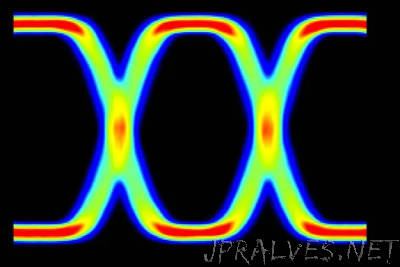
“Signal degradation is unavoidable, but various ICs, such as the DS250DF210, can help to restore what has been lost (or eliminate what has been added). Electrical signals are never really “pure”. Noise is pervasive in every portion of an electronic circuit. Indeed, noise has affected your signal before it ever shows up at an IC’s output pin. And in addition to noise, we have the endless supply of parasitic resistances, capacitances, and inductances that cause a signal to deviate from the idealized version. However, there is no doubt that certain situations make a particularly generous contribution to signal degradation. The situation that we’re focusing on in this article is long-distance interconnection. Signals are often relatively safe when they’re contained within a well-designed PCB, but interconnection between separate PCBs or separate subsystems is a different story.”
